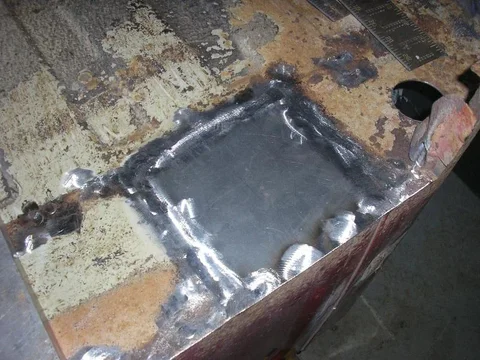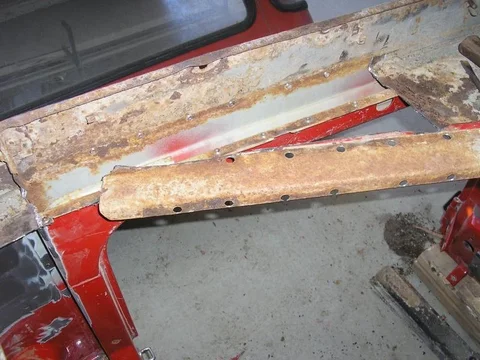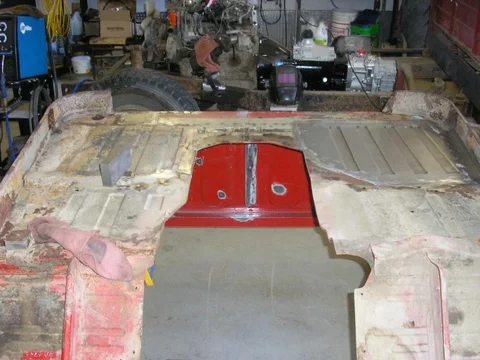Chamba
Too long. Too short. Juuust right: the 43
Well... I like 40 series the most. This set up is all 40 series with the exception of the Toybox of course. I don't want too much of a frankenstein rig, though you wouldn't know it from all of my alterations thus far.
I respect that.
I used to want to leave my rig stock, but I can't. If I ever find that super-clean BJ42 LX I've been looking for since I moved here, I will leave it as Mr. Toyoda intended; otherwise I can't stop myself from swapping stuff.


Josh


















 .
.